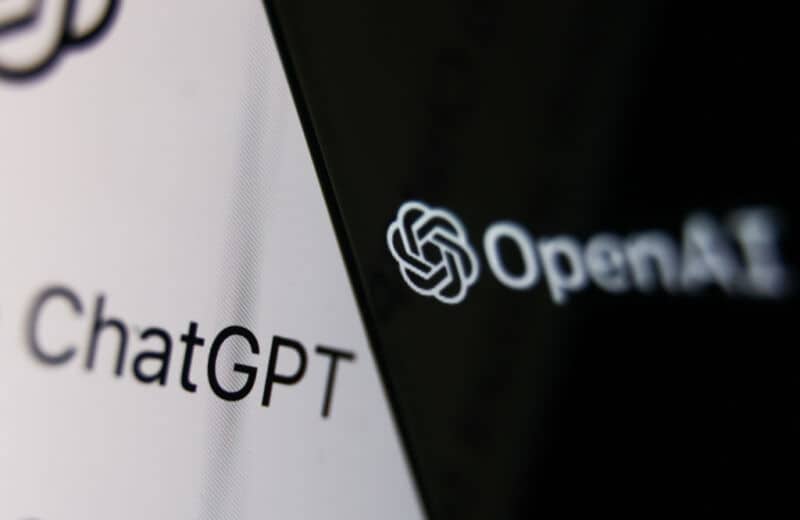When ChatGPT—the ingenious, garrulous, and occasionally unhinged chatbot from OpenAI—was asked this week how much the company behind it is worth, its responses included: “It is likely that its worth is in the hundreds of millions of dollars, if not more.”
Microsoft, which is rumored to be weighing a $10 billion investment in OpenAI on top of an earlier $1 billion commitment, is betting that the company is worth a lot more—despite the fact neither ChatGPT nor other AI models made by OpenAI are yet raking in huge amounts of cash. OpenAI has built several impressive and attention-grabbing demos and powers a popular autocomplete function for coders offered by Microsoft’s GitHub. But despite the hype swirling around its technology, the startup hasn’t created a breakout, highly lucrative product or business.
“We don’t really know what ChatGPT is going to be great at,” says James Cham, a partner at Bloomberg Beta, an investment firm. But while the bot’s path to riches may not be clear, Cham shares the feeling of many VCs and entrepreneurs that the technology behind the bot will pay out in a big way. OpenAI’s technology is at the heart of a swell of interest in so-called generative AI, a term encompassing algorithms that can generate text, images, or other data.
Cham compares the current situation to the early days of the Internet, when some obscure but evocative demos turned out to precede a sea change in the workings of software, tech companies, and wider society. “We’ve had decades of great AI demos, but this is the first one where you give it to someone and they are really excited about the possibilities,” Cham says of ChatGPT.
OpenAI’s chatbot took the Internet by storm when it was released in December 2022, demonstrating an uncanny ability to answer questions and perform tricks like crafting mostly coherent essays, producing working computer code, and musing on the meaning of life. It is powered by GPT-3, a text-generation algorithm developed by OpenAI, that has been fed huge quantities of text slurped from the web and other sources and then given additional training on how to answer questions.
Some developers were so inspired by ChatGPT that they quickly used it to create apps, such as a spreadsheet assistant capable of performing complex calculations in response to a simple typed request.
But because of how ChatGPT works—by finding statistical patterns in text rather than connecting words to meaning—it will also often fabricate facts and figures, misunderstand questions, and exhibit biases found in its training data. This is likely to complicate efforts to use the technology widely, by, for example, mixing misleading or biased information into search results.
One reason for tech industry excitement around ChatGPT, fed by its parlor tricks, is the suggestion it might disrupt the long-standing dominance of Google and other tech giants, by allowing small companies to outcompete much larger competitors. One popular theory is that the bot could transform web search.
For Microsoft, investing more in OpenAI could offer a way to ensure that if there is a disruptive AI moment, the company will be not only unscathed but positioned to benefit. Nathan Benaich, an investor with Air Street Capital who tracks trends in AI, says that while there is plenty of hype around generative AI, there are many ways that Microsoft could use the technology to improve its products.
The company’s broad and varied product range, from enterprise and cloud services to consumer devices and software, provide many potential opportunities. Microsoft already uses the technology behind ChatGPT to auto-generate snippets of code in its Visual Studio product, and it is reportedly looking at using ChatGPT to improve the performance of its laggardly search engine, Bing.
“The surface—the application space that Microsoft has with all its customers—is just so vast,” Benaich says. For Microsoft, a company worth about $1.7 trillion, he says, $10 billion is not a large sum given the potential payoffs. Semafor reported that the investment would give OpenAI a valuation of $29 billion.
David Yoffie, a professor at Harvard Business School who researches the strategies of big tech platforms, says Microsoft may also see OpenAI as a way to play catch-up. The larger company lags Google and others when it comes to cutting-edge AI research, he says. “More work is needed, which is why the investment is needed,” Yoffie says. “The money they’re investing could accelerate OpenAI’s ability to make it commercializable.”
In 2019, Microsoft invested $1 billion in OpenAI in a deal that tied the AI company to using its cloud computing platform. Building tools like ChatGPT requires vast amounts of computing power as well as training data, and so backing OpenAI could feed into Microsoft’s ambitions to carve off a greater share of the cloud computing market. OpenAI’s cutting-edge demands could help Microsoft develop more powerful cloud technology that can help it stand out. In 2021, Amazon had 40 percent of the cloud market compared to Microsoft’s 15 percent, with Google—widely seen as the AI leader—holding just 6 percent.
Amber Yang, another investor at Bloomberg Beta who focuses on AI firms, says OpenAI is freer to experiment with generative AI than many larger companies, which may be worried about negative PR if or when AI models misbehave. “They are able to move and behave and think more like a startup, whereas Google is more encumbered by trying to be picture perfect,” she says. Microsoft can benefit from this, Yang says. The giant’s relationship with the startup allows it to tap the fruits of its risk-taking, but at a convenient distance.

